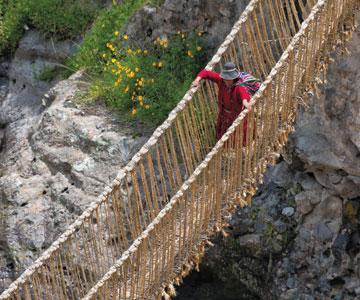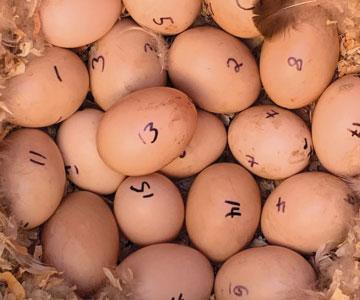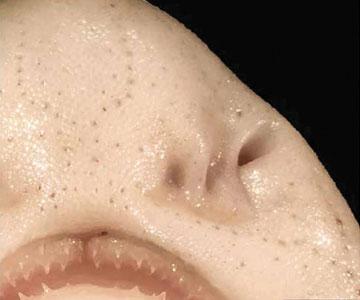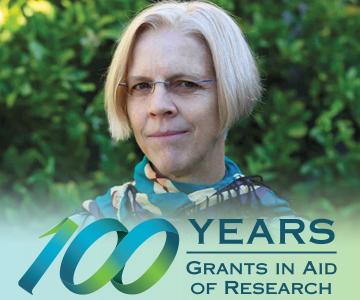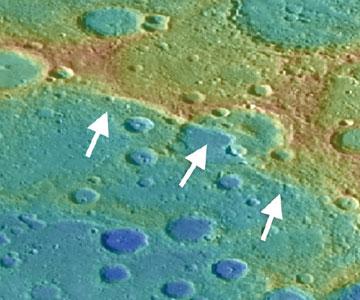Magazine
May-June 2022

May-June 2022
Volume: 110 Number: 3
The plague and cholera have killed millions of people over the past centuries. Each of these diseases is caused by a bacterium that began as a harmless ancestor microorganism but evolved to become one of humanity’s worst scourges. This process, known as pathogen emergence, is difficult to predict. In “How Bacterial Pathogens Emerge,” Salvador Almagro-Moreno describes how his laboratory and others are trying to understand the biological rules and evolutionary forces that make a microorganism transition to causing disease in humans. For example, human-made ecological perturbations, such as climate change and pollution of ecosystems, are drastically affecting the spread and proliferation of disease-causing bacteria, accelerating the acquisition of antibiotic resistance, and increasing the likelihood that novel pathogens will emerge. Research in this area is beginning to provide the tools needed to forecast the events and drivers that lead to the emergence of novel infectious agents. Such research is pivotal for successful disease management and control. (Illustration by Joana C. Carvalho).
In This Issue
- Agriculture
- Astronomy
- Biology
- Chemistry
- Communications
- Engineering
- Evolution
- Mathematics
- Medicine
- Physics
- Psychology
- Technology
How Glyphosate Cropped Up
Philip A. Rea
Agriculture Chemistry
The controversial herbicide, originally developed in a quest for improved water softeners, became ubiquitous in modern agriculture long before its mode of action was understood.
The Chemical History of Superior Glass
Ainissa Ramirez
Chemistry Engineering Technology
A glassmaker and a physicist teamed up to improve scientific lenses. Their developments revolutionized both laboratory equipment and domestic cookware.


